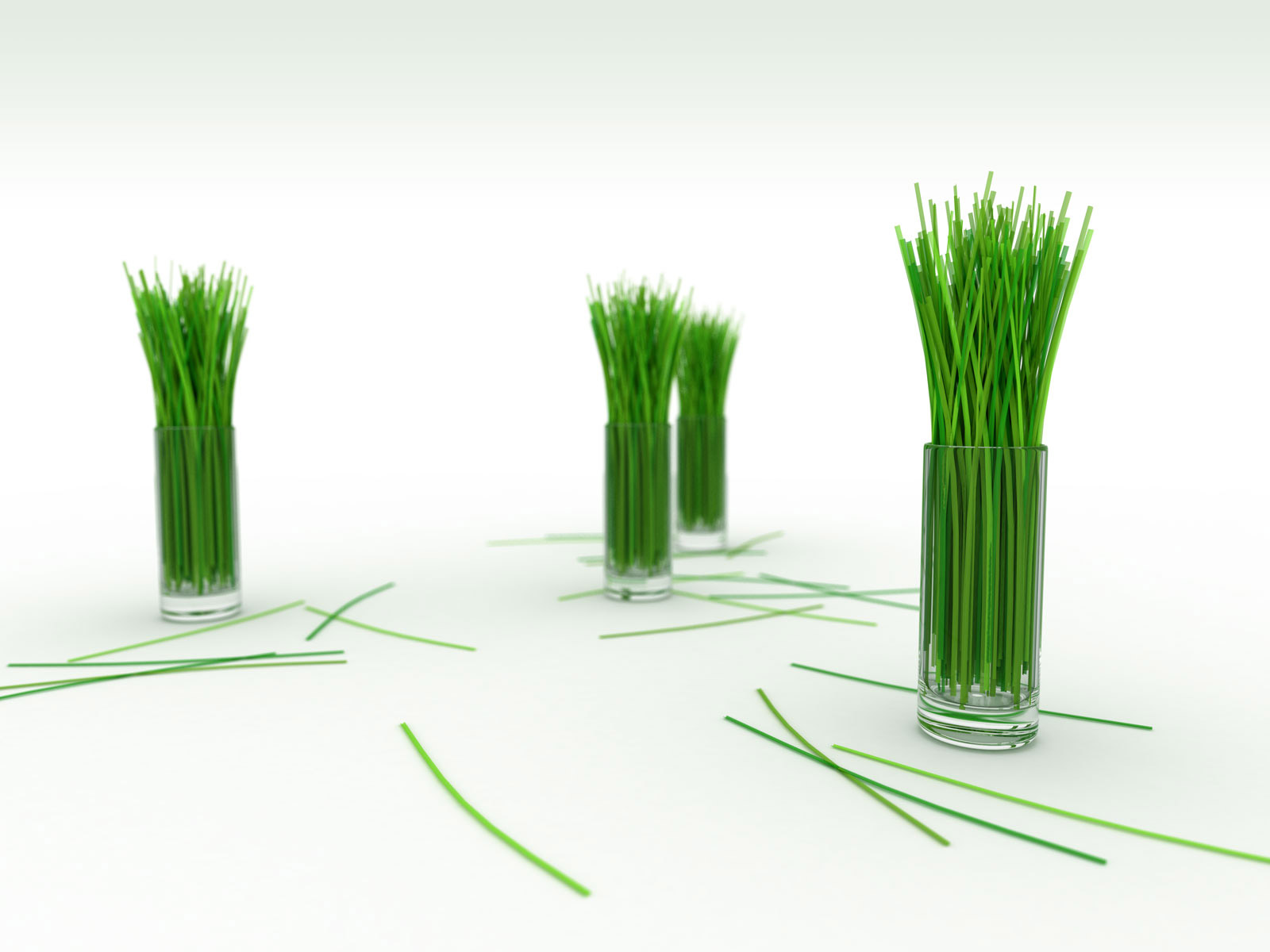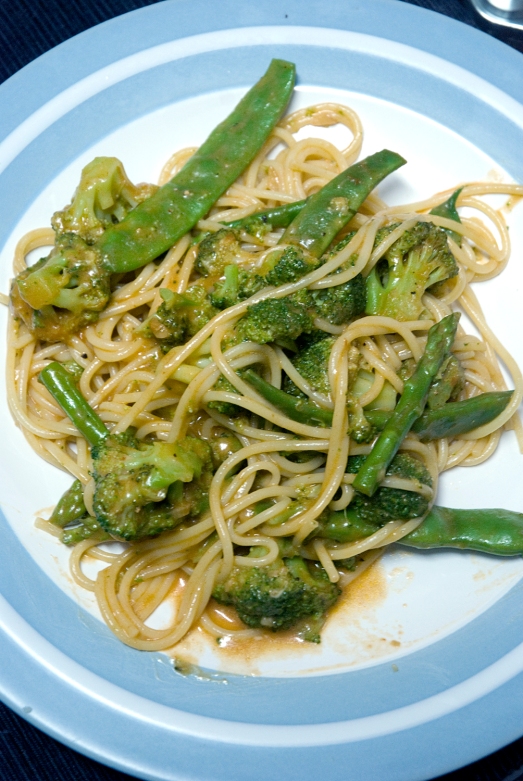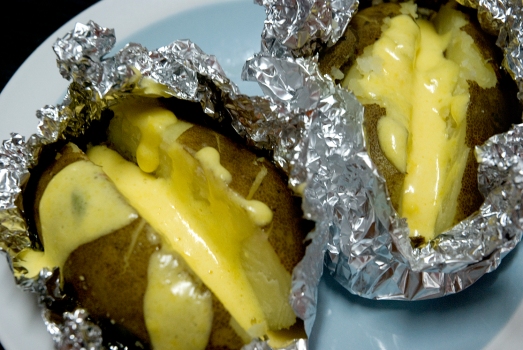There are many variations on how to prepare tomato soup, and by far, this is my most favourite and the easiest with the least ingredients. I love serving this with baguette, the crunchy outer texture compliments the rustic taste of the soup.
Serves 4
1kg ripe cherry tomatoes
4 large tomatoes
4 cloves of garlic
4 tablespoons balsamic vinegar
2 small red onions
a small bunch of fresh basil
extra virgin olive oil
salt and freshly ground black pepper
Prepare a medium roasting tray. Preheat oven to 220 degree C. Quarter the large tomatoes and together with the cherry tomatoes, put all into the roasting tray. Drizzle over a good lug of olive oil season with salt and pepper. Crush and peeled the garlic and toss into the roasting tray. Put in the oven for 12 to 15 minutes.
In the meantime, peel and roughly chop the onions and put in a hot saucepan with a few lug of olive oil and a pinch of salt. Sweat the onion for a few minutes without browning over low heat. Stir the balsamic vinegar, turn up the heat to medium and let it cook away and reduce down. Take the tray of tomatoes out of the oven and add everything into the pan of onion.
Carefully pour everything into a blender, add the basil (reserves some for garnishing) and whizz to a fairly rustic consistency. Serve in a bowl, optionally topped with freshly grated Parmesan cheese, drizzle of extra virgin olive oil and the reserved basil.




